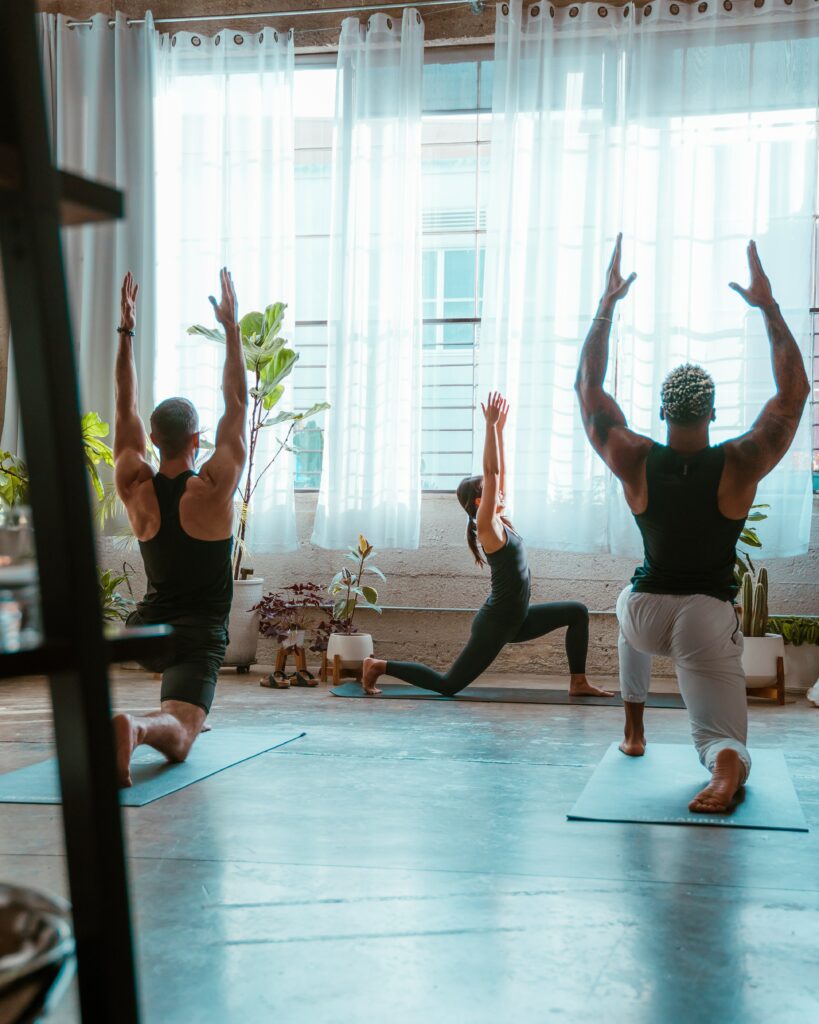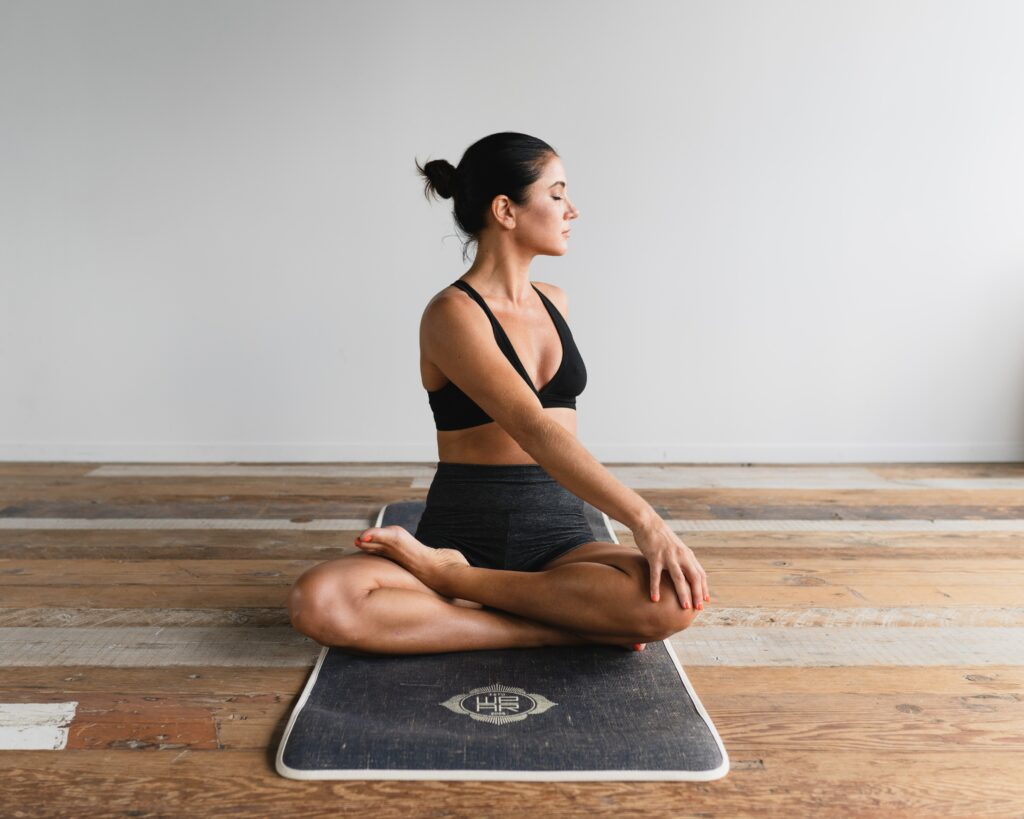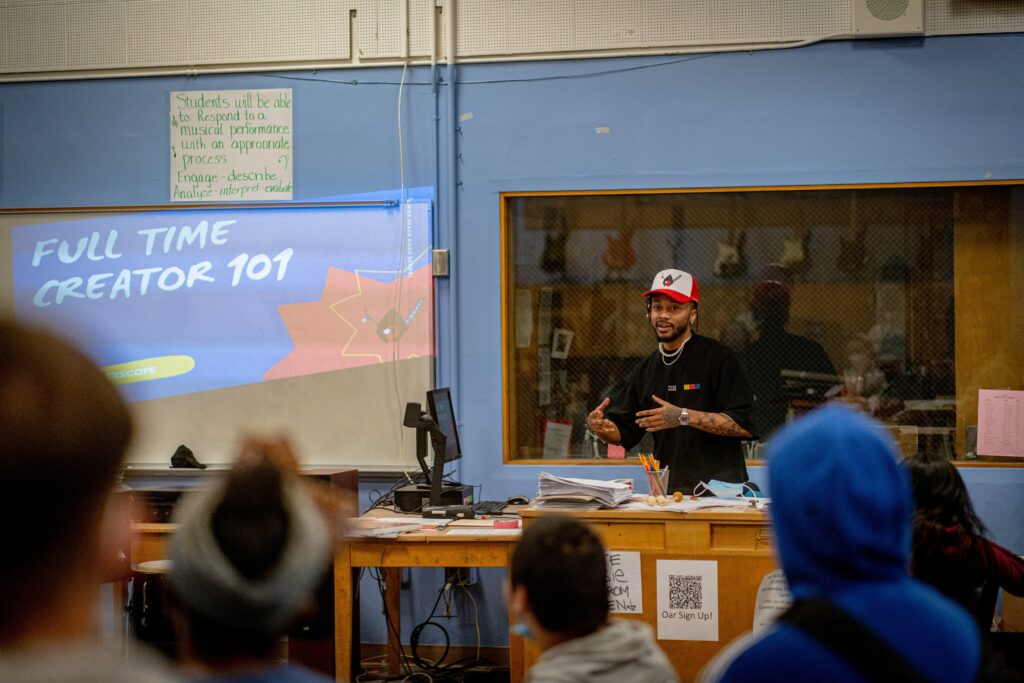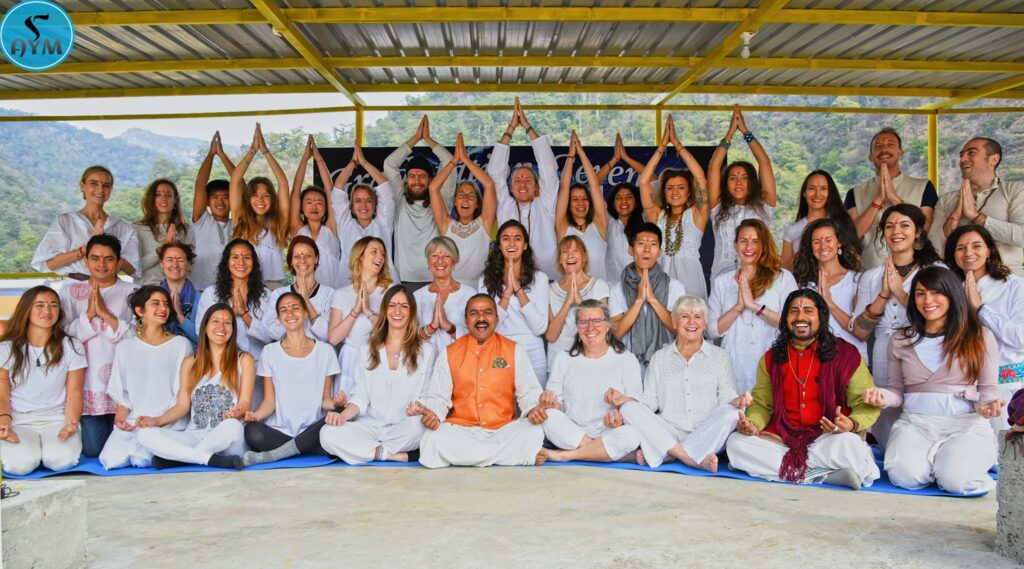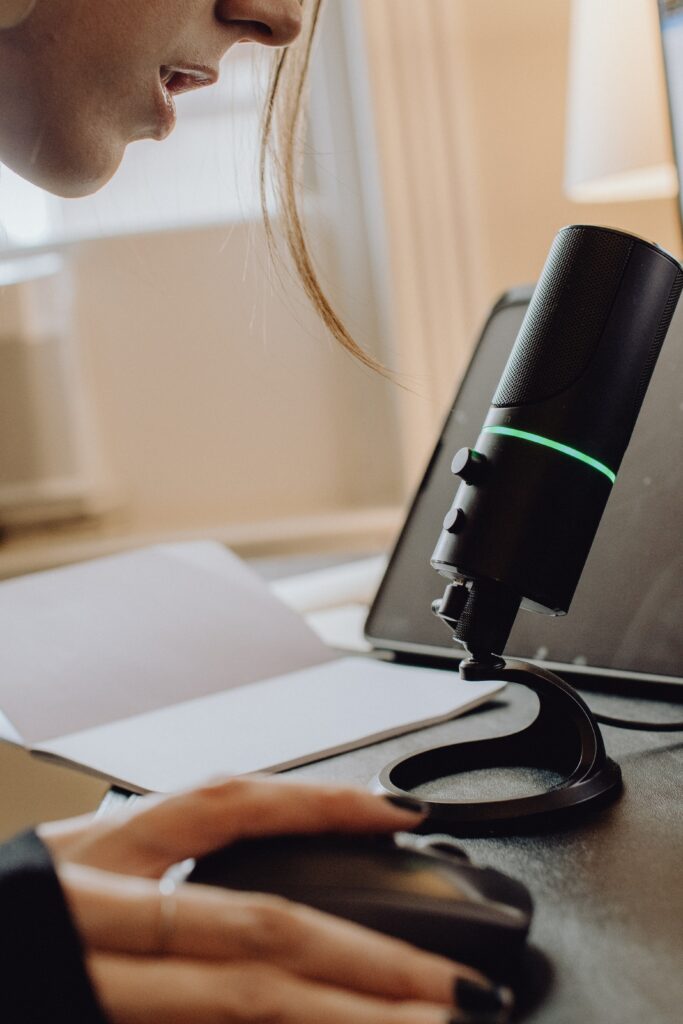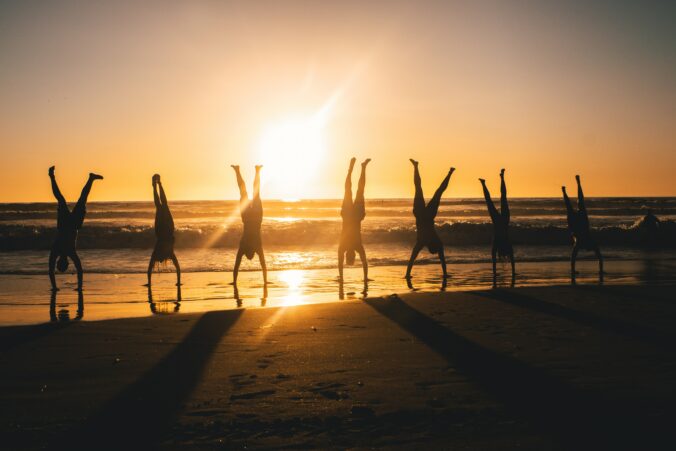This week was a bit different than usual as instead of having class in our regular classroom, we met using Zoom. We discussed the concept of accessible learning and specifically looked at examining the different technologies and tools that help foster inclusivity in a classroom. I was introduced to the Universal Design for Learning (UDL), which is an important framework that is used to improve and optimize teaching and learning for all learners. We watched a very insightful video that further expanded on the framework, as the video focused on exploring the ways in which educators can reach a greater audience by ensuring that every student has a way to understand the material to the best of their own personal experience. Using the UDL guidelines, teachers are encouraged to create a classroom environment that takes into consideration the diverse needs of each student and we engaged in a classroom discussion on how we could adopt aspects of the guidelines in our own teaching practices. We also watched another video that shared the experiences of students who have disabilities, and it highlighted the importance of creating a learning environment that accommodates the learning needs of all students. By not being mindful and creating an environment that supports the diverse needs of students, the students shared how the often felt like they were not part of the classroom community and viewed themselves as outsiders. This was a very impactful message that directly spoke to me as part of the reason why I decided to become a teacher was to be a positive force in the classroom and to ensure that all students have the tools they need to succeed. I strongly believe that every student has the right to participate in meaningful, challenging learning opportunities and the UDL guidelines are definitely a resource I will be referring to throughout my teaching practice.

